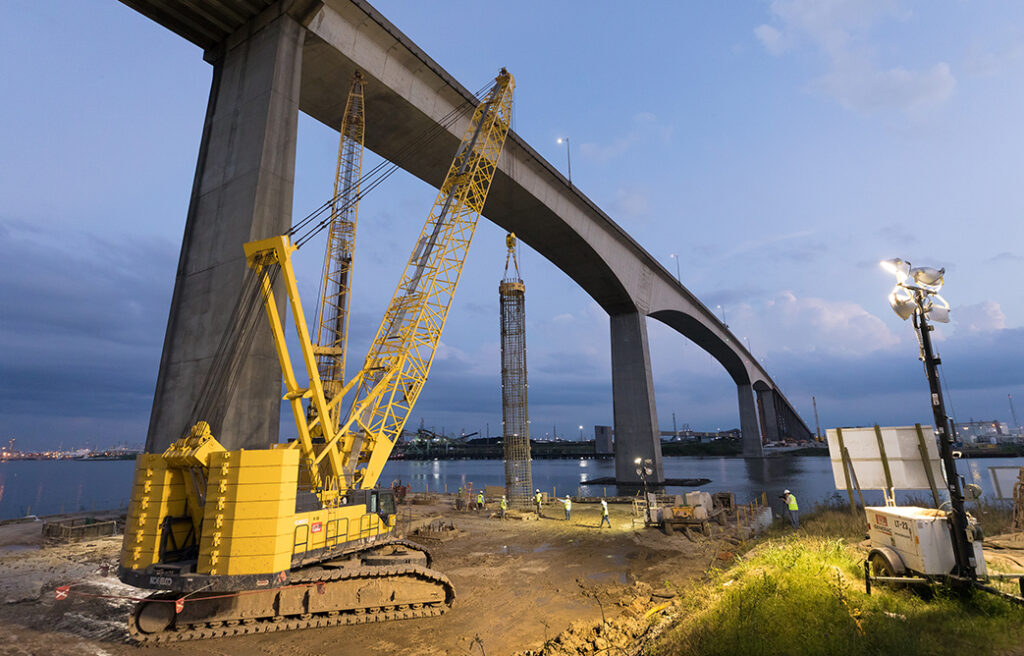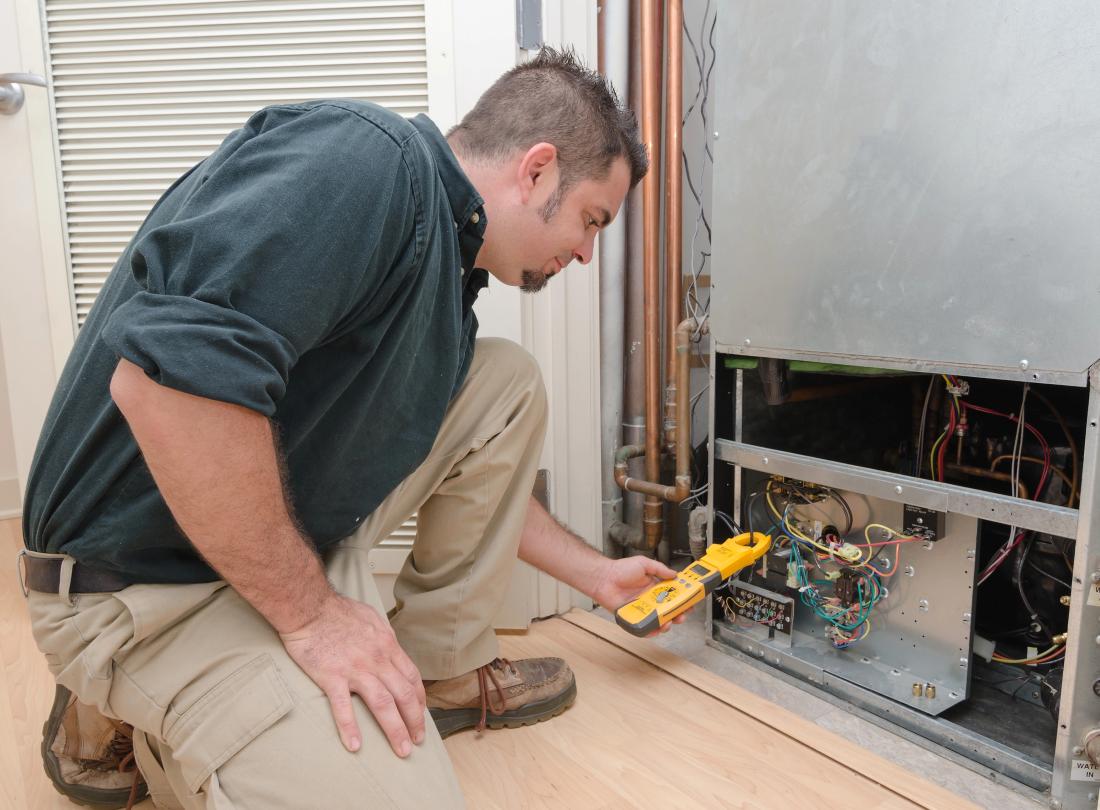Right then, with over 30 years slinging steel under the vast Aussie sky, you could say I’ve got a fair understanding of the kinds of crawler cranes for sale in Australia. But before we delve into the nitty-gritty of their pros and cons, let’s take a quick tour of the crane crew, shall we?
Think of cranes as the workhorses of the construction site. Each type brings its own set of skills to the party. Now, we’ve got your:
- Mobile cranes: Imagine a truck with a telescopic arm instead of a tray. Nifty for quick setups and navigating tight spaces, think shopping centre lifts or backyard pool installations. Think brands like Franna and Grove for these fellas.
- Tower cranes: Those high-reaching giants you see dominating cityscapes? Yep, those are towers. Perfect for high-rise buildings and big construction projects. Look out for Raimondi and Wolffkran if you see one of these bad boys.
- All terrain cranes: Think rough and tumble? These cranes can handle uneven ground and off-road adventures. Think Demag and Kato when you see these beasts tackling wind turbines or remote mining projects.
And then, there’s the granddaddy of them all: crawler cranes. They might not be the flashiest on the block, but these tracked titans pack a serious punch. Let’s break down their good, the bad, and the, well, let’s just say “unique” quirks:
The Good:
Lifting like a champion
They’re the undisputed heavyweight champs in terms of capacity. Need to hoist a 500-tonne bridge girder? Call in a crawler.
The Numbers Game:
- Tiny Titans: Smaller crawler cranes start around 25 tonnes, perfect for lifting materials on smaller construction sites or precast panels.exclamation Think lifting swimming pools or house frames.
- Mid-Range Monsters: Moving up, we’ve got the workhorses with capacities ranging from 50 to 200 tonnes.exclamation These handle heavy lifting in infrastructure projects, bridge construction, and industrial applications. Imagine hoisting large machinery or concrete beams.
- Super Heavyweight Champions: Now we’re talking serious muscle! Top-of-the-line crawler cranes can reach mind-boggling capacities of 300 tonnes and beyond.expand_more These giants tackle massive projects like wind turbine installations, offshore oil rigs, and even entire buildings. Think lifting an entire house, trusses and all!
It’s Not Just About the Numbers:
Remember, lifting capacity ain’t the only factor. It’s all about:**
- Boom length: A longer boom lets you reach further, but it decreases your maximum lifting weight.expand_more Think fishing rod analogy – longer rod, smaller fish (hopefully not literally!).
- Configuration: You can add jibs and counterweights to fine-tune lifting capacity and reach for specific tasks. It’s like customizing your crane for the job at hand.
- Ground conditions: Uneven terrain or soft ground can affect lifting capacity. You wouldn’t want your crane to tip over with a precious load, right?
A Real-Life Example:
Let’s say you’re building a new bridge. You need to lift massive prefabricated sections into place. A 100-tonne crawler crane with a long boom might be perfect. It can reach the far side of the river while still having the muscle to hoist those heavy sections. But if you need to lift smaller sections in a tight space, a 50-tonne crane with a shorter boom might be more efficient.
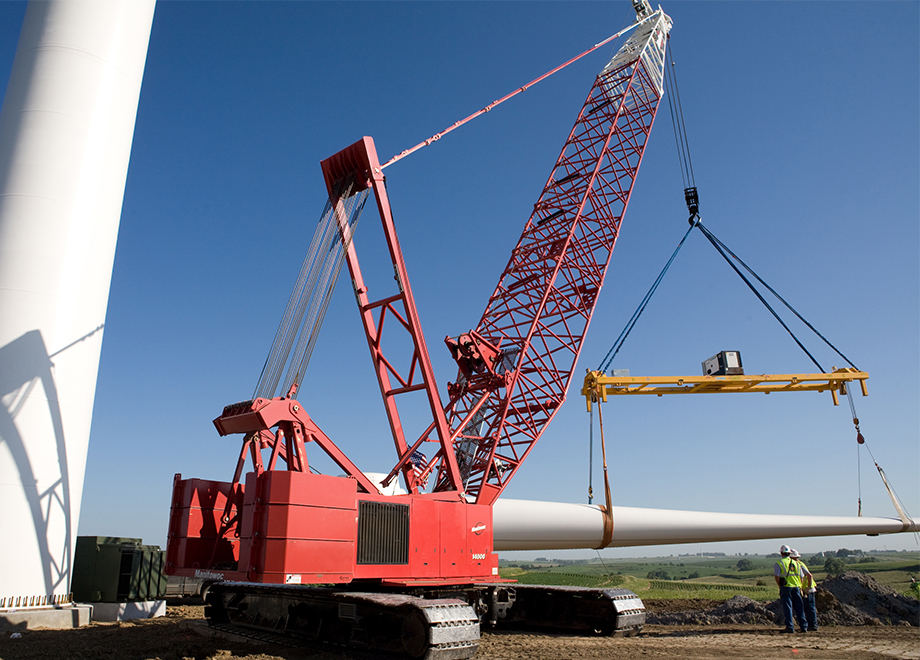
Stable as a rock
Those wide tracks and counterweights mean they can handle uneven terrain and heavy loads with unwavering balance. Imagine trying to lift a house with a wobbly stepladder – not ideal!
The Balancing Act:
Imagine a teeter-totter, but instead of kids, you’ve got a crane boom and a counterweight at each end. The key to stability is keeping the weight balanced. If the load on the boom gets too heavy, the crane can tip over – not a good look!
Forces at Play:
Here’s what affects a crawler crane’s stability:
- Lifting capacity: The heavier the load, the more force it exerts on the crane, trying to tip it over. Imagine lifting a bowling ball vs. a feather – big difference, right?
- Boom extension: The further you extend the boom, the greater the leverage the load has, requiring more counterweight to balance it. Think of a long fishing rod – harder to hold a heavy fish at the end than close to the reel.
- Ground conditions: Soft or uneven ground can reduce the crane’s ability to resist tipping. Picture trying to balance on one leg in sand vs. solid concrete.
- Wind: Strong winds can act like an invisible force pushing the crane, affecting its stability. Imagine holding a flag in a storm – not easy!
The Counterweight Advantage:
This is where those big blocks of metal at the back of the crane come in. They act as an opposing force to the load, keeping the crane balanced. The heavier the counterweight, the more weight the crane can safely lift. It’s like putting a heavier kid on the other side of the teeter-totter.
Advanced Stability Tricks:
Modern cranes have some pretty cool features to enhance stability:
- Outriggers: Extendable legs that provide additional support and spread the load on the ground. Think of them as training wheels for the crane.
- Tilting tracks: Can adjust slightly to adapt to uneven terrain, keeping the crane level. Imagine self-adjusting shoes for your crane!
- Electronic monitoring systems: Constantly monitor forces and warn the operator if stability limits are approaching. Like a virtual stability assistant for the crane.
The Bottom Line:
Crawler crane stability is a complex dance, but understanding the forces at play and utilizing modern technology helps ensure these beasts operate safely and efficiently. So, next time you see a crawler crane lifting a massive load, remember, it’s not just brute strength, but a delicate balance that keeps it all standing tall.
Reach for the stars (almost)
While not quite as tall as tower cranes, crawlers can still boast impressive reach, making them perfect for bridges, wind turbines, and other high-up jobs.
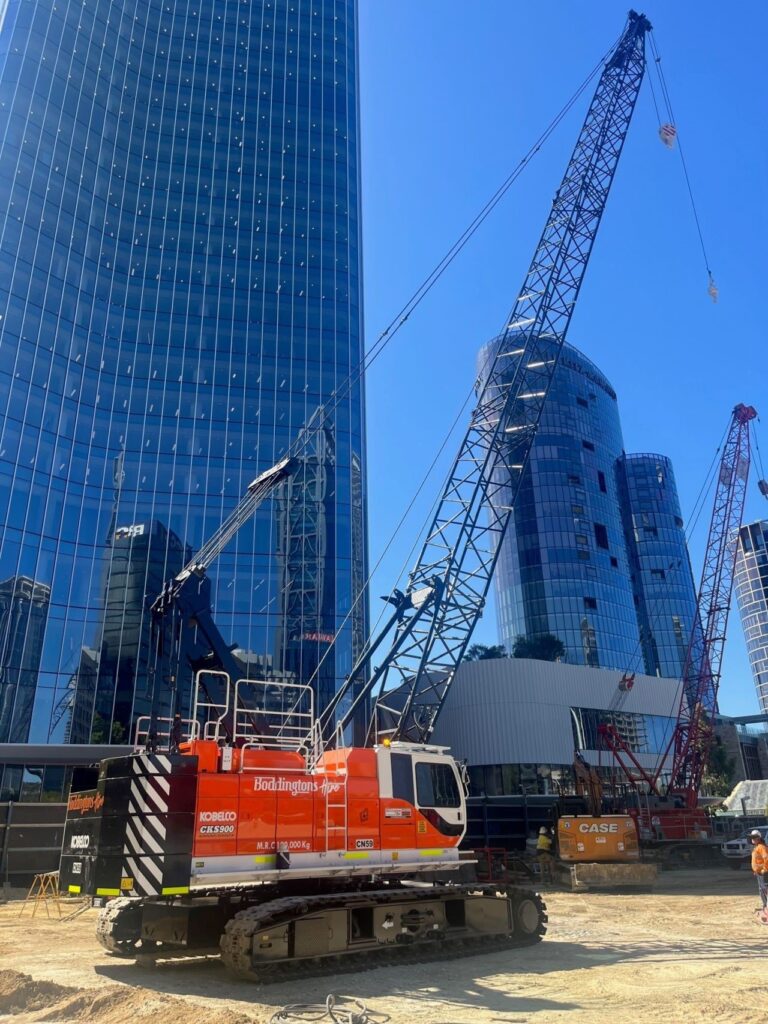
From Ground Level to Sky High: Measuring Crawler Crane Reach
While crawler cranes may not rival their tower crane counterparts in sheer vertical dominance, they still pack a serious punch in terms of reaching lofty heights. Let’s dive into the numbers:
- Mini Masts: Smaller crawler cranes, typically used for lighter loads and less demanding projects, offer reach in the range of 20-40 meters. Think lifting materials onto a two-story building or prefabricated panels for a modest structure.
- Mid-Range Reach Monsters: Stepping up the game, we find cranes conquering heights of 50-80 meters. These workhorses tackle bridge construction, industrial projects, and multi-story buildings, hoisting heavier loads to significant elevations.
- Titans Touching the Clouds: Prepare to be awestruck! Top-of-the-line crawler cranes can reach staggering heights of 100-120 meters and beyond. These giants dominate the skyline, tackling massive wind turbine installations, lifting entire building sections, and even assisting in skyscraper construction. Think reaching the pinnacle of a 30-story office block!
Beyond the Numbers: Mastering the Balancing Act
Remember, reaching maximum height isn’t always the sole objective. Here are some crucial factors to consider:
- The Balancing Act: Boom Length vs. Capacity: Longer booms grant extended reach, but at the cost of lifting capacity. Imagine a seesaw – longer reach means lighter loads.
- Jib Extensions: Reaching Further, Lifting Less: These handy attachments push your reach even further for specific tasks, but again, come at the expense of weight you can handle. Think of a fishing rod with an extra extender section.
- Fine-Tuning Your Climb: Configuration is Key: The boom angle and counterweights can be adjusted to precisely balance your reach and lifting capacity for the specific job requirements. It’s like customizing your crane’s height and strength for optimal performance.
Real-World Example: Choosing the Right Tool for the Job
Imagine constructing a towering wind turbine. Lifting massive sections to their designated heights requires a 120-meter crawler crane with a long boom and jib. This combination offers the needed reach while maintaining the muscle to hoist those hefty components. However, for a smaller building project, a shorter boom might be more efficient and cost-effective.
The Key Takeaway: Height Matters, But So Does Context
Crawler cranes deliver impressive reach, but the maximum height achievable depends on various factors. Remember, choose the right crane for the job, considering not only the desired height but also the weight you need to lift. By understanding the capabilities and limitations, you can ensure your project soars to success with the ideal crawler crane by its side.
Versatility is key
You can attach different booms and jibs to tackle diverse tasks, from precision lifts to heavy-duty hauling. Think of it as a crane Swiss Army knife.
Beyond Brute Strength: A Swiss Army Knife of Lifting Solutions
Here’s what sets crawler cranes apart from their one-trick-pony counterparts:
- Attachment Extravaganza: Unlike their more specialized brethren, crawler cranes can be outfitted with a wide range of attachments, transforming them into multi-talented marvels. Think digging with a clamshell bucket, hammering with a pile driver, or even demolishing with a wrecking ball. It’s like equipping your crane with a whole toolbox of superpowers!
- Reaching New Horizons: With telescopic booms, lattice booms, and jib extensions, crawler cranes can tailor their reach and capacity to suit specific needs. Need to lift towering wind turbine blades or delicately place precast panels? No problem! They adapt like chameleons, conquering both high-rise and intricate tasks.
- Terrain Tamers: Forget about smooth, paved roads! Crawler cranes, with their rugged tracks, conquer uneven, soft, or unstable ground with ease. Think construction sites deep in jungles, mines tucked away in mountains, or even disaster relief efforts navigating debris-filled areas. These are the all-terrain champions of the lifting world!
- Precision Meets Power: Don’t underestimate their finesse! Advanced control systems and skilled operators ensure smooth, controlled movements for delicate tasks like lowering prefabricated components or maneuvering heavy loads in tight spaces. Imagine threading a needle with a sledgehammer – they make it look easy!
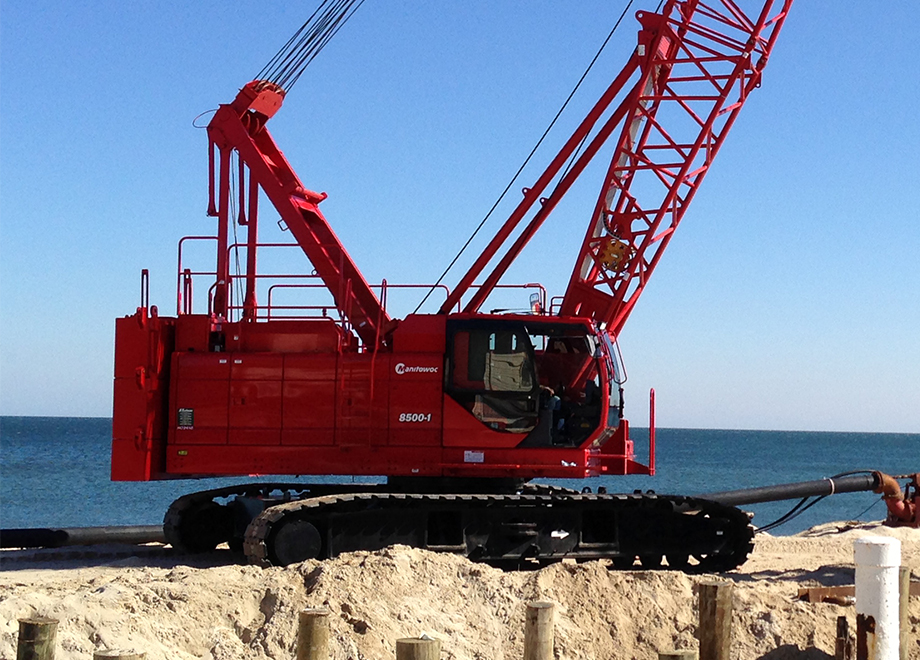
Real-World Example: Versatility in Action
Picture a bustling construction site. One minute, your crawler crane is hoisting massive steel beams for a skyscraper. The next, it’s equipped with a clamshell bucket, meticulously excavating foundations. Later, it dons a grapple, clearing debris from a landslide. All in a day’s work for these adaptable giants!
The Takeaway: A Crane for All Seasons
Crawler cranes are the ultimate “can-do” machines. Their diverse attachment options, adaptable reach, and ability to navigate challenging terrain make them invaluable assets for a wide range of projects. So, whether you’re building a bridge, demolishing a building, or clearing a disaster zone, remember, a crawler crane might just be the versatile hero your project needs.
The Not-So-Good:
We’ve lauded the strengths and versatility of crawler cranes, but let’s not sugarcoat it – they aren’t perfect. Just like any workhorse, they come with their fair share of drawbacks. So, grab your hard hat and prepare to explore the not-so-charming side of these titans:
Speed Demons? Hardly:
- The Snail’s Pace of Setup: Compared to their mobile crane brethren, crawler cranes are the Usain Bolts of the retirement home when it comes to setup and dismantling. Tracks take time to position, counterweights need careful placement, and booms require meticulous unfolding. Patience is a virtue, mate!
- Travel Troubles: Forget zipping between jobs on the highway. These beasts need specialized trucks or even ships to travel long distances, adding significant time and cost to the equation. Think international flights vs. road trips.
Fuel Efficiency? More Like Fuel Guzzlers:
- Thirsty Titans: All that muscle doesn’t come cheap in terms of fuel consumption. Diesel flows freely in these bad boys, especially when tackling heavy lifts or operating for extended periods. Think gas-guzzling SUVs compared to fuel-efficient hybrids.
- Emission Woes: With great power comes great responsibility… to the environment. Crawler cranes contribute their fair share of greenhouse gas emissions and air pollution. Sustainability-conscious projects might need to factor this in.
Giants in a Dollhouse: Size Matters (Sometimes):
- Footprints Bigger Than Godzilla: These ain’t built for cramped cityscapes or delicate maneuvering. Their expansive tracks and wide turning radius can be a challenge on tight job sites, requiring careful planning and space allocation. Think parking a semi-truck in a Smart car spot.
- Weighty Worries: The sheer size of crawler cranes translates to significant weight, often requiring reinforced ground to prevent damage or sinking. This adds complexity and potential cost on sensitive terrain.
Price Tag That Makes You Wince:
- Investment, Not a Purchase: Owning a crawler crane is a serious financial commitment. Their initial purchase price, ongoing maintenance, and specialized operator training can quickly add up. Consider them luxury yachts of the construction world, not budget-friendly dinghies.
- Rental Rates Bite Too: Even renting these giants comes at a premium. Hourly or daily rates can be significant, making them best suited for projects where their unique capabilities truly justify the cost.
Safety First: Aussie Regulations and Your Responsibility
While we’re looking at crawler cranes for sale, we should give a nod to inspections and maintenance records. No one wants to buy a neglected craine. In Australia, the Occupational Health and Safety Act and various state-specific regulations mandate regular inspections and maintenance for all lifting equipment, including crawler cranes. These regulations outline minimum requirements, but as the owner or operator, your responsibility goes beyond the bare minimum. You have a duty to ensure your crane is in top condition to protect yourself, your crew, and anyone around the worksite.
The Inspection Arsenal: Keeping an Eye on Your Crane’s Health
There are two main types of inspections you need to be aware of:
- Daily/Pre-Start: These quick checks before every operation cover vital components like brakes, tires, fluid levels, and any visible damage. Think of it as your daily health check for your crane.
- Periodic Inspections: These are more comprehensive assessments conducted by qualified inspectors at specific intervals, typically annually or every 10 years for major inspections. These delve deeper, checking structural integrity, welds, and mechanical components with specialized tools and techniques. Imagine taking your crane to the mechanic for a full service.
Keeping Your Crane Fit: The Maintenance Marathon
Regular maintenance goes hand-in-hand with inspections. Think of it as preventative medicine for your crane. This includes:
- Routine servicing: Replacing lubricants, filters, and any worn-out parts based on manufacturer recommendations.
- Component repairs: Addressing any issues identified during inspections promptly to prevent them from becoming bigger problems.
- Record-keeping: Maintaining detailed records of all inspections, maintenance activities, and repairs is crucial for safety audits and demonstrating compliance with regulations.
Resources at Your Fingertips: Help is Available
Don’t worry, you’re not alone in navigating the world of crane inspections and maintenance. Here are some valuable resources in Australia:
- Safe Work Australia: They offer comprehensive information and guidance on crane safety, including inspection and maintenance requirements.
- Crane Industry Association of Australia (CIAA): This industry body provides resources and training programs for crane operators and inspectors.
- Qualified inspection companies: Numerous companies specialize in crane inspections, offering expertise and ensuring compliance.
The Bottom Line: Investing in Safety Pays Off
Regular inspection and maintenance might seem like an extra cost, but it’s an investment in safety, efficiency, and peace of mind. It can prevent costly breakdowns, accidents, and downtime, keeping your project on track and your crew safe. Remember, a well-maintained crane is a happy crane, and a happy crane keeps your project running smoothly.
Key Takeaways
So, are crawler cranes the ultimate lifting solution? It depends! Consider the job, the site, and your budget. But one thing’s for sure, their strength, stability, and versatility have earned them a well-deserved spot in the Aussie construction landscape.
